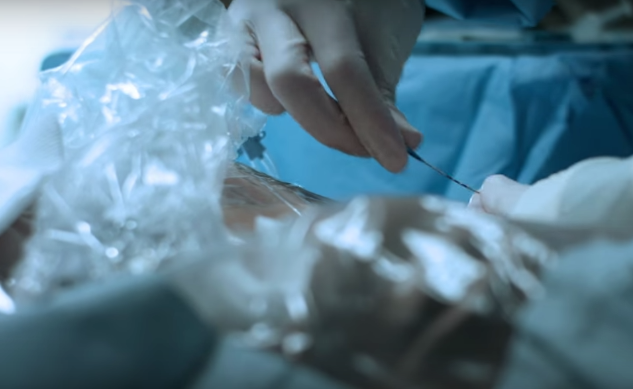
As point-of-care ultrasound becomes more common, hospital administrators across the world are understanding that bedside ultrasound can do more than provide patients with real-time diagnosis and increase satisfaction scores – it can also make patients safer.
As we travel across the United States at our Patient Safety Education events in cities like Houston, Atlanta and Seattle, Sonosite will be discussing solutions and strategies for increasing patient safety. We’re inviting members of the healthcare community to learn how point-of-care ultrasound can help make patients safer by reducing risk and costs of interventional procedures. Featured guest speakers such as Dr. Bon Ku MD., Associate Professor, Emergency Medicine at Thomas Jefferson University, will discuss strategies on how beside ultrasound can improve cost, quality and safety in hospitals.
To understand how point-of-care ultrasound can increase patient safety, Houston’s Memorial Hermann Health System provides a valuable case study. After working with Sonosite, Michael Shabot, System Chief Medical Officer and the teams at Memorial Hermann used point-of-care ultrasound to eliminate mechanical complications from central venous catheter insertion. Memorial Hermann Southeast Hospital was then able to achieve a remarkable 12 consecutive months without a single iatrogenic pneumothorax with the use of bedside ultrasound to guide central line placement.
“We’re going for zero. That’s amazing. And our emergency departments, we have 9 of them. Busy, we saw over 400,000 visits last year. They place a lot of central lines. They use ultrasound. It’s amazing but we had no iatrogenic pneumothorax for the whole year. That’s amazing. We’re talking about emergencies. We’re talking about Level 1 trauma. That’s pretty amazing.”
- Michael Shabot, System Chief Medical Officer, Memorial Hermann Health System
Since CMS will not compensate hospitals for additional costs incurred from an iatrogenic pneumothorax, learning how to eliminate this hospital-acquired condition through the use of point-of-care ultrasound is also a financial benefit.
Quality of Care, Efficiency, Patient Satisfaction and Cost Reduction are all pillars of why we believe in point-of-care ultrasound for helping treat any patient, anywhere, anytime. And, understanding how Patient Safety can be a part of the value of visualization is what our Patient Safety events are all about.
Want to Attend our Patient Safety Education Event in Houston, Texas?
To RSVP, contact Sonosite's Aarron Montgomery at aarron.montgomery@fujifilm.com.

